Description
Creating an anatomy reference guide involves covering the key systems and structures of the human body. Here’s a breakdown of the primary anatomical systems:
### 1. **Skeletal System**
– **Bones**: The human skeleton consists of 206 bones divided into two categories:
– **Axial skeleton**: Skull, vertebral column, ribs, sternum.
– **Appendicular skeleton**: Limbs and girdles (shoulder girdle and pelvic girdle).
– **Major bones**:
– Skull (cranium, mandible)
– Vertebrae (cervical, thoracic, lumbar, sacral, coccyx)
– Clavicle (collarbone)
– Scapula (shoulder blade)
– Humerus, radius, ulna (arm bones)
– Femur, tibia, fibula (leg bones)
– Pelvis (ilium, ischium, pubis)
– **Joints**: Locations where two or more bones meet, classified by type (e.g., ball-and-socket, hinge, pivot).
### 2. **Muscular System**
– **Types of muscles**:
– **Skeletal muscles**: Voluntary muscles attached to bones for movement.
– **Smooth muscles**: Involuntary muscles found in walls of internal organs.
– **Cardiac muscle**: Involuntary muscle found in the heart.
– **Major skeletal muscles**:
– **Upper body**: Biceps brachii, triceps brachii, deltoids, pectorals.
– **Lower body**: Quadriceps, hamstrings, gluteus maximus, gastrocnemius.
– **Core muscles**: Rectus abdominis, obliques, transverse abdominis.
### 3. **Nervous System**
– **Central Nervous System (CNS)**: Brain and spinal cord.
– **Peripheral Nervous System (PNS)**: Nerves extending from the spinal cord.
– **Sensory Division**: Carries sensory information to the CNS.
– **Motor Division**: Sends commands from the CNS to muscles and glands.
– **Autonomic Nervous System**: Controls involuntary functions, divided into:
– **Sympathetic**: “Fight or flight” response.
– **Parasympathetic**: “Rest and digest” functions.
– **Brain**: Divided into cerebrum, cerebellum, brainstem.
– **Spinal Cord**: Connects the brain to the rest of the body.
### 4. **Circulatory System**
– **Heart**: Pumps blood through the body.
– Divided into four chambers: right atrium, right ventricle, left atrium, left ventricle.
– **Valves**: Tricuspid, pulmonary, mitral, aortic.
– **Blood Vessels**:
– **Arteries**: Carry oxygenated blood away from the heart.
– **Veins**: Carry deoxygenated blood back to the heart.
– **Capillaries**: Tiny vessels where exchange of oxygen, carbon dioxide, and nutrients occurs.
– **Blood**: Composed of red blood cells (RBCs), white blood cells (WBCs), platelets, and plasma.
### 5. **Respiratory System**
– **Organs**:
– **Nose and nasal cavity**: Filters, warms, and moistens air.
– **Pharynx**: Throat; passageway for air and food.
– **Larynx**: Voice box.
– **Trachea**: Windpipe; directs air to the lungs.
– **Bronchi**: Main airways in the lungs.
– **Alveoli**: Tiny air sacs where gas exchange occurs.
– **Function**: Exchange of oxygen and carbon dioxide between the body and the environment.
### 6. **Digestive System**
– **Organs**:
– **Mouth**: Where digestion begins (mechanical and chemical).
– **Esophagus**: Tube connecting mouth to stomach.
– **Stomach**: Breaks down food with gastric juices.
– **Small Intestine**: Site of most nutrient absorption (duodenum, jejunum, ileum).
– **Large Intestine**: Absorbs water and forms waste.
– **Liver**: Produces bile for fat digestion.
– **Pancreas**: Secretes digestive enzymes and insulin.
– **Rectum and Anus**: Control the expulsion of waste.
### 7. **Excretory System (Urinary System)**
– **Organs**:
– **Kidneys**: Filter blood to remove waste and excess fluids.
– **Ureters**: Tubes that transport urine from the kidneys to the bladder.
– **Bladder**: Stores urine until elimination.
– **Urethra**: Tube that expels urine from the body.
### 8. **Endocrine System**
– **Glands**: Release hormones into the bloodstream to regulate various body functions.
– **Pituitary gland**: Controls other endocrine glands.
– **Thyroid gland**: Regulates metabolism.
– **Adrenal glands**: Produce stress hormones like adrenaline.
– **Pancreas**: Regulates blood sugar through insulin and glucagon.
– **Gonads** (ovaries/testes): Produce sex hormones (estrogen, testosterone).
### 9. **Lymphatic System**
– **Lymph nodes**: Filter lymph fluid to remove bacteria and other pathogens.
– **Lymph vessels**: Transport lymph fluid throughout the body.
– **Spleen**: Filters blood and stores white blood cells.
– **Tonsils**: Help fight infections in the throat.
### 10. **Integumentary System (Skin)**
– **Skin**: Protects the body from infection, regulates temperature, and allows sensation.
– **Layers**:
– **Epidermis**: Outer layer; contains keratin.
– **Dermis**: Contains hair follicles, sweat glands, and blood vessels.
– **Hypodermis**: Deeper fat layer.
– **Accessory Structures**: Hair, nails, sweat glands, sebaceous glands.
### 11. **Reproductive System**
– **Female Reproductive System**:
– **Ovaries**: Produce eggs and hormones (estrogen, progesterone).
– **Fallopian tubes**: Transport eggs from ovaries to uterus.
– **Uterus**: Houses and nourishes the developing fetus.
– **Vagina**: Birth canal and organ for sexual intercourse.
– **Male Reproductive System**:
– **Testes**: Produce sperm and testosterone.
– **Vas deferens**: Transports sperm to the urethra.
– **Prostate gland**: Adds fluid to sperm for semen.
– **Penis**: Organ for sexual intercourse and urination.
### 12. **Sensory Systems**
– **Eyes**: Detect light and allow vision.
– Components: Retina, cornea, lens, pupil, optic nerve.
– **Ears**: Detect sound and maintain balance.
– Components: Outer ear (pinna, ear canal), middle ear (ossicles), inner ear (cochlea).
– **Taste**: Taste buds on the tongue detect flavors.
– **Smell**: Olfactory receptors in the nasal cavity detect odors.
– **Touch**: Sensory receptors in the skin detect pressure, temperature, and pain.
—
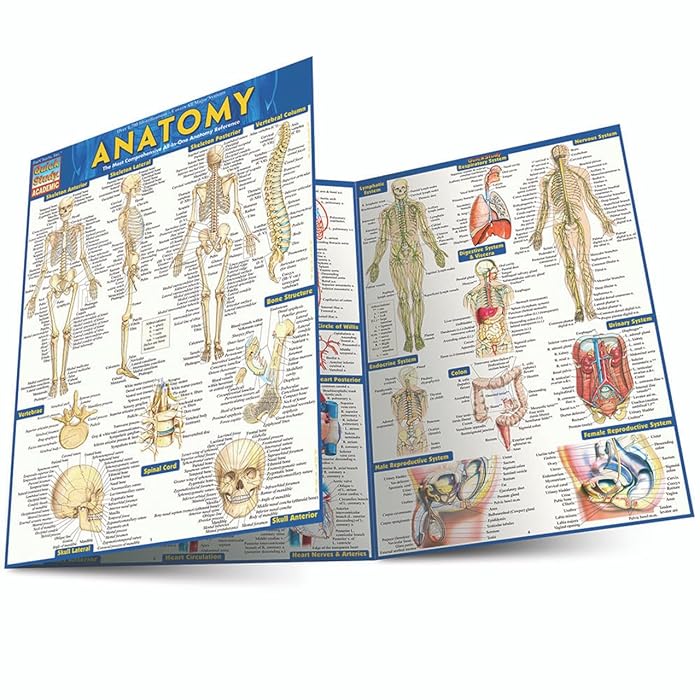




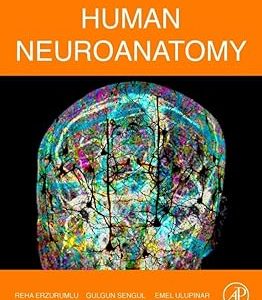

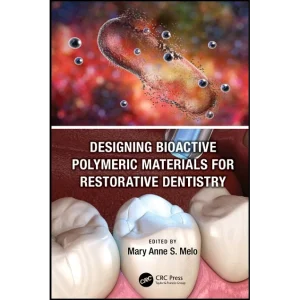



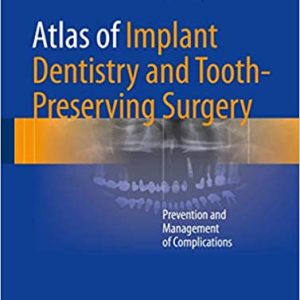


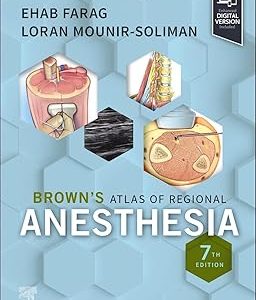



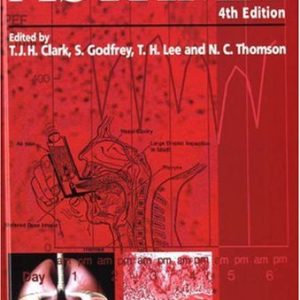

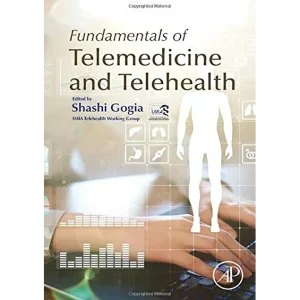
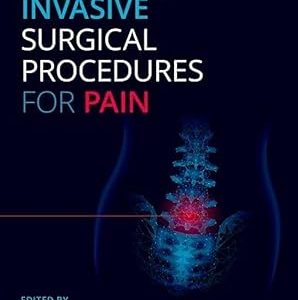

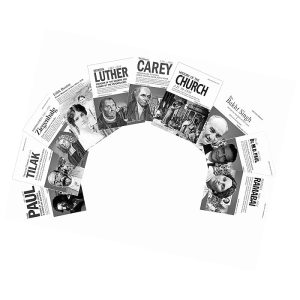
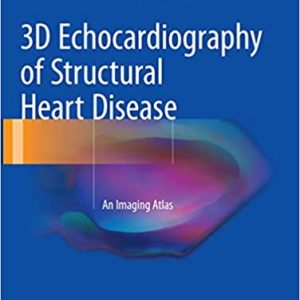
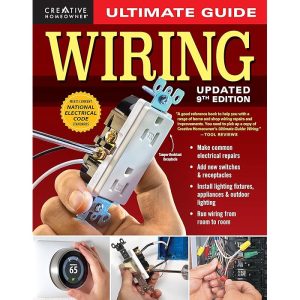


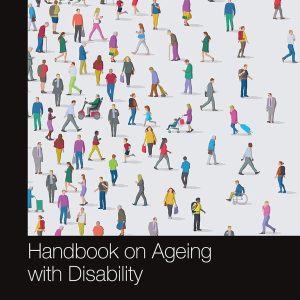


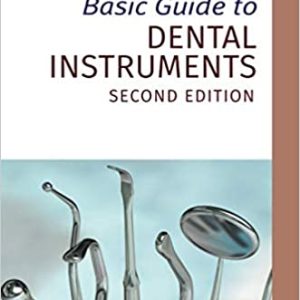
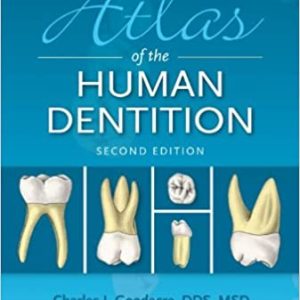

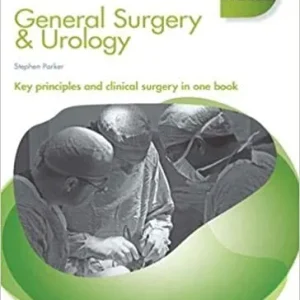




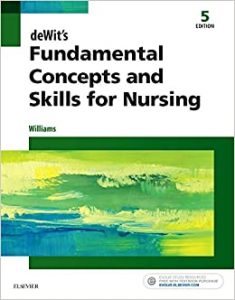


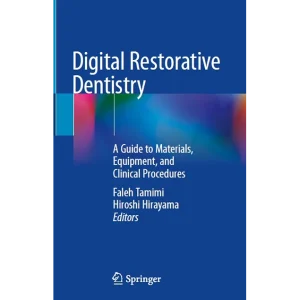
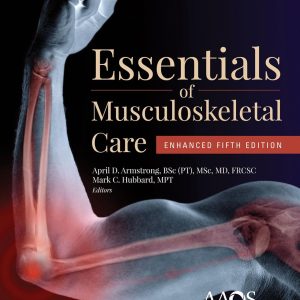

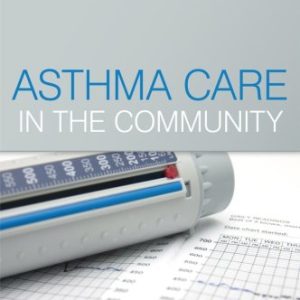
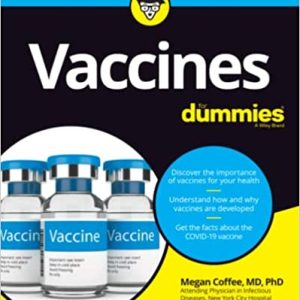




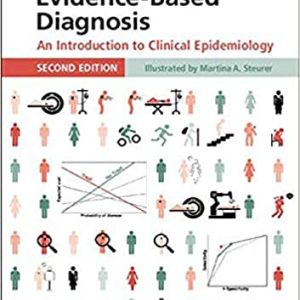
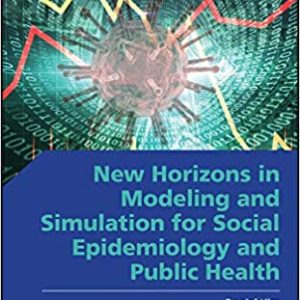
Reviews
There are no reviews yet.